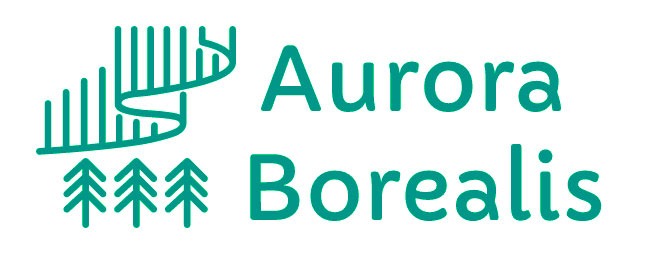Are you interested in those issues a professional translator have to deal with when he has to translate a text related to tourism? Read this article regarding the 7 main challenges in tourism and travel translation I have written for you.
The 7 main challenges regarding touristic and travel translation
Many people tend to consider the translation of touristic texts is easy and not complicated at all. But I can assure you it is not. This is why I have written this article talking about the 7 main challenges that a professional translator have to deal with when facing texts related to touristic and travel translations.
The challenge of realia or cultural references
Realia are those words conveying a very local meaning. Sometimes, it can be a real headache for translators to find the way to reflect the same meaning in the target text for a non-existent term in the target culture.
But it is not all bad news. Facing cultural references involve us in one of the most rewarding experiences of this beautiful profession. So, it is time to display your translator super powers and enjoy the task.
Essential historical and cultural aspects
Besides realia, we have other essential aspects of the culture and history of the target culture, including politics, history, gastronomy, local festivals, customs, and so on.
We should have high levels of accuracy dealing with these topics, so we will have to carry out hard researching work.
The “copywriter touch”
When we are engaged in translation projects related to tourism and travelling one of the most important elements we should take into account is that the final purpose of the tourism companies is attract customers and selling in the end.
Therefore, it is not surprising that the traits and features of many texts of this sector are related to marketing. Hence, there should be a intrinsic persuasive tone in them, crossing the border between translation and copywriting itself.
Visual signs, images and non-verbal elements
In addition to the usual texts and more text surrounded by endless paragraphs, in the touristic sector we will have to carry out translation jobs focused in translating text placed in images, maps or advertising.
So, we will have to take into account the surrounding context, target culture and the fact that many times we will not have the possibility of having access to the images. This means that many times we will have to translate using our intuition and without the context.
Neologisms
Travelling sector is alive. This means that new words appear continuously, sometimes related to technology or new business areas. Here, the main issue could come from the fact that these new words simply do not exist in the target language yet.
Toponyms, place names and proper names
Every county, city or culture has their monuments, religious buildings, historic celebrities or tourist attractions. These could have names which maybe should be translated or not, depending on every language rules.
Not enough information about the target audience
As I have said before, there are moments in which a travel translator is more copywriter than translator. But in order to do a good job we need to know who will be the target audience.
Reality shows that this is not the case many times, so we could be working blindly. Notwithstanding, we should warn customers that the quality of the final translation highly depends on this kind of crucial points.
So, what do you think about these challenges the translator of the tourism and travel sector have to deal with? Would you add anything more? Tell me your opinion in the comments section.







0 Comments